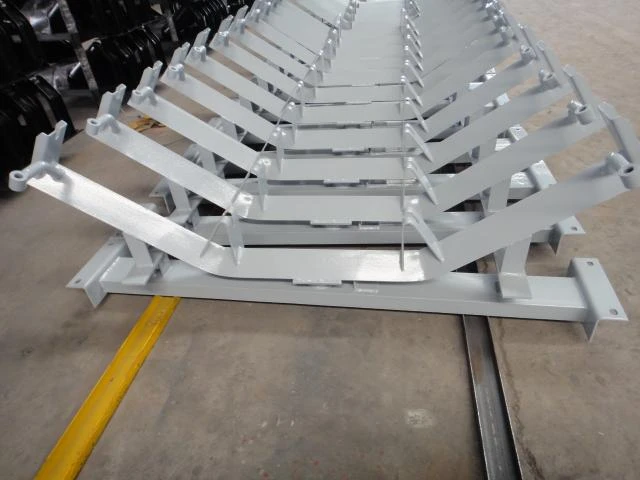 Afrikaans
Afrikaans  Albanian
Albanian  Amharic
Amharic  Arabic
Arabic  Armenian
Armenian  Azerbaijani
Azerbaijani  Basque
Basque  Belarusian
Belarusian  Bengali
Bengali  Bosnian
Bosnian  Bulgarian
Bulgarian  Catalan
Catalan  Cebuano
Cebuano  Corsican
Corsican  Croatian
Croatian  Czech
Czech  Danish
Danish  Dutch
Dutch  English
English  Esperanto
Esperanto  Estonian
Estonian  Finnish
Finnish  French
French  Frisian
Frisian  Galician
Galician  Georgian
Georgian  German
German  Greek
Greek  Gujarati
Gujarati  Haitian Creole
Haitian Creole  hausa
hausa  hawaiian
hawaiian  Hebrew
Hebrew  Hindi
Hindi  Miao
Miao  Hungarian
Hungarian  Icelandic
Icelandic  igbo
igbo  Indonesian
Indonesian  irish
irish  Italian
Italian  Japanese
Japanese  Javanese
Javanese  Kannada
Kannada  kazakh
kazakh  Khmer
Khmer  Rwandese
Rwandese  Korean
Korean  Kurdish
Kurdish  Kyrgyz
Kyrgyz  Lao
Lao  Latin
Latin  Latvian
Latvian  Lithuanian
Lithuanian  Luxembourgish
Luxembourgish  Macedonian
Macedonian  Malgashi
Malgashi  Malay
Malay  Malayalam
Malayalam  Maltese
Maltese  Maori
Maori  Marathi
Marathi  Mongolian
Mongolian  Myanmar
Myanmar  Nepali
Nepali  Norwegian
Norwegian  Norwegian
Norwegian  Occitan
Occitan  Pashto
Pashto  Persian
Persian  Polish
Polish  Portuguese
Portuguese  Punjabi
Punjabi  Romanian
Romanian  Russian
Russian  Samoan
Samoan  Scottish Gaelic
Scottish Gaelic  Serbian
Serbian  Sesotho
Sesotho  Shona
Shona  Sindhi
Sindhi  Sinhala
Sinhala  Slovak
Slovak  Slovenian
Slovenian  Somali
Somali  Spanish
Spanish  Sundanese
Sundanese  Swahili
Swahili  Swedish
Swedish  Tagalog
Tagalog  Tajik
Tajik  Tamil
Tamil  Tatar
Tatar  Telugu
Telugu  Thai
Thai  Turkish
Turkish  Turkmen
Turkmen  Ukrainian
Ukrainian  Urdu
Urdu  Uighur
Uighur  Uzbek
Uzbek  Vietnamese
Vietnamese  Welsh
Welsh  Bantu
Bantu  Yiddish
Yiddish  Yoruba
Yoruba  Zulu
Zulu idler frame
Understanding the Idler Frame A Deep Dive into Its Functionality and Applications
In the ever-evolving world of mechanical engineering and design, the idler frame plays a crucial role in various applications. A component often overlooked, the idler frame is instrumental in ensuring the smooth operation of machinery, particularly in conveyor systems, robotics, and other moving mechanisms. This article explores the concept of the idler frame, its functionalities, and its diverse applications across different industries.
At its core, the idler frame serves as a structural support for idler rollers in a conveyor system. These rollers are essential for reducing friction and facilitating the movement of goods, materials, or products along a conveyor belt. Unlike powered rollers, idler rollers do not drive the belt; instead, they provide a stable surface for it to rest on, ensuring that the load is evenly distributed. This distribution is critical to maintaining the integrity of the conveyor system and prolonging the lifespan of both the conveyor belt and the products being transported.
The design of the idler frame is paramount. It must be robust enough to support the weight of the materials being conveyed while remaining lightweight to reduce the overall load on the system. Materials commonly used for constructing idler frames include steel, aluminum, or high-strength plastic. The choice of material depends on factors such as the operating environment, weight load, and corrosion resistance requirements.
In addition to supporting idler rollers, the idler frame can enhance the adaptability of a conveyor system
. Various frame designs allow for adjustments in height and angle, enabling the conveyor to be tailored to specific operational needs. For instance, in a warehouse environment where goods are stored at different elevations, an adjustable idler frame allows for seamless transfers between different levels, minimizing the risk of damage to products and increasing workflow efficiency.idler frame

One of the significant benefits of incorporating an idler frame into a conveyor system is its ability to reduce wear and tear. By ensuring that the conveyor belt is properly aligned and supported, the idler frame minimizes unnecessary strain on the belt and other components. This reduction in friction leads to less frequent maintenance and downtime, resulting in increased productivity and cost savings for businesses.
The applications of idler frames extend beyond just conveyor systems. In robotics, idler frames can be used to support moving parts, enhancing the functionality and range of motion of robotic arms. In manufacturing, they can facilitate the smooth transfer of materials from one station to another, improving overall operational efficiency. Additionally, in the mining and aggregate industries, idler frames are employed in long conveyor systems that transport heavy materials, demonstrating their robustness and reliability.
Moreover, the advancement in technology has paved the way for the integration of smart features in idler frames. Sensors can be incorporated into the design to monitor wear and tear, track the performance of the idler rollers, and convey real-time data to operators. This capability not only improves maintenance schedules but also allows for predictive analytics, enabling companies to anticipate issues before they arise and address them proactively.
As industries continue to evolve, the importance of efficiency and reliability in machinery cannot be overstated. Idler frames, while often unnoticed, are vital components that contribute to the smooth operation of many systems. Their ability to support heavy loads, reduce friction, and enhance adaptability makes them indispensable in modern engineering applications.
In conclusion, the idler frame is a small yet significant component in the realm of mechanical systems. Its design, functionality, and diverse applications underscore its importance across various industries. By facilitating smooth operation and reducing maintenance costs, idler frames contribute to advancements in efficiency and productivity. As technology continues to innovate, the future of idler frames will likely feature even more advanced designs and capabilities, solidifying their role as a cornerstone of contemporary machinery. Understanding the value of idler frames not only highlights their necessity but also encourages industries to invest in high-quality components that support their operational goals.
-
Revolutionizing Conveyor Reliability with Advanced Rubber Lagging PulleysNewsJul.22,2025
-
Powering Precision and Durability with Expert Manufacturers of Conveyor ComponentsNewsJul.22,2025
-
Optimizing Conveyor Systems with Advanced Conveyor AccessoriesNewsJul.22,2025
-
Maximize Conveyor Efficiency with Quality Conveyor Idler PulleysNewsJul.22,2025
-
Future-Proof Your Conveyor System with High-Performance Polyurethane RollerNewsJul.22,2025
-
Driving Efficiency Forward with Quality Idlers and RollersNewsJul.22,2025





























